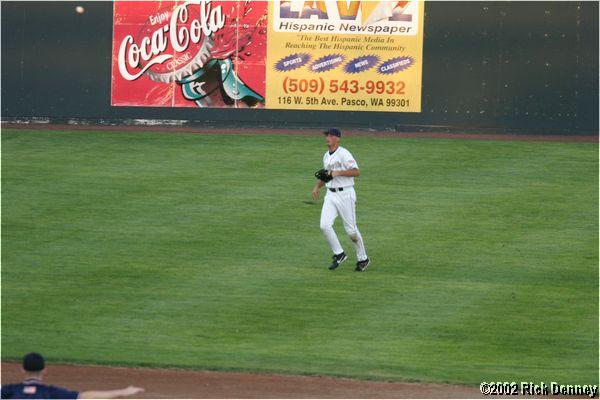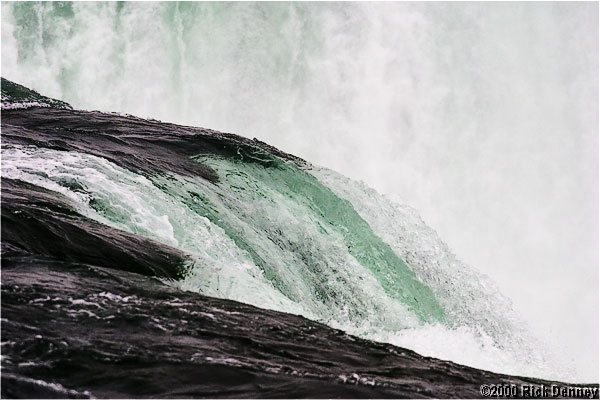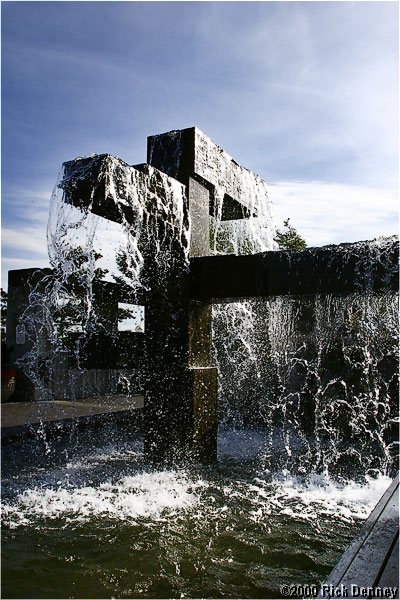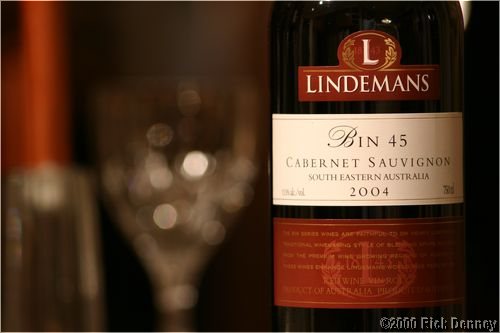WoodSheddin wrote:I have done some research on Canon lenses but little to none on Sigma apart from reading about how many people find them a capable alternative. I need to study up on Sigma nomenclature.
The thing to remember is EX. That's their pro line.
Here's Sigma's explanation of their nomenclature:
http://www.sigma-photo.com/lenses/lenses.asp
ASP and APO don't matter. A lens may be good or not, with or without aspherical or apochromatic elements.
IF and RF are both nice, because they don't turn the front element to focus. That means you can use a polarizer without the autofocus upsetting the polarizer setting. All the better Canon and Sigma lenses have internal or rear focusing.
HSM means hypersonic motor, the Sigma equivalent of Canon's USM. Worth having. Makes autofocus a quiet click instead of a whir.
DF is also nice, it means you can adjust the focus manually even in autofocus. Canon's better lenses also have this feature.
DG means it's made for digital cameras but supports the full 24x36 format. DC means it's made for digital cameras with a smaller sensor and might not cover the full 24x36 format. Both will work fine on your 20D, but I prefer not to buy lenses with a format limitation because someday Karla's lottery ticket is going to hit and I'll get that 5d with the full-frame sensor.
With the current Canon coupon deals I can get the 50 F/1.4 for about $175 after mail in rebates. I was thinking maybe that and the 70-200 F/4 which would be about $425 additional after mail in rebates if i bought both of those lenses before January 15, which is when the deal ends on triple rebates from Canon.
Both are outstanding lenses and those are excellent prices. The 50/1.4 is as good as any L-series lens, and doesn't get the L designation only because it doesn't use special glass. I've never heard anyone on the Canon forums say a bad thing about it. I have the 1.4 in the old FD mount, and it is superb.
The other way I was thinking was to send back the 17-85 if we don't care for it and get the 17-40 F4 L which is $525 after MIR coupled with the 70-200 F/4 and of course the 20D body makes the third item in any combination.
Also a good option, and also excellent prices. I bought the 20-35 before the 17-40/4L was available, and at the time the only L-series option was the discontinued 17-35/2.8L, which was pushing two grand. That lens has been replaced by the 16-35/2.8L which is also much more expensive than the 17-40.
I would be highly interested to try out your adaptor at the conference to see just how well it works with older lenses. From what you are saying I could go eBay crazy and not lose my shirt that route.
BTW. Do you have any shots with the 70-200 F/4 taken in less than ideal light situations sans flash? I am trying to figure out if the 2.8 is really worth more than double the cost for our needs/wants.
Ebay is fun when what you are shopping for costs in the range of $50-80. Would it that tubas were that way, heh, heh. I'll bring some stuff to the Army conference to show you.
What do you mean by less than ideal? Let me see...
This one of the new moon was shot at 1/125 and f/5.6 using a Canon 1.4x teleconverter and racked out all the way. f/5.6 is wide open with the teleconverter, so this is worst case. It's a 280mm focal length, but on a 20D acts like 450mm, and would thus usually need a 1/500 shutter speed to be sharp handheld. I braced this shot against a fencepost to steady the camera.

Here is a bit of the middle of the above image shown at full resolution:

In this one, I was really living dangerously. I shot this at 1/250 at f/5.6, bracing the camera with my elbows resting on my knees. The game was at night, using stadium lights at a rookie-league minor-leage baseball stadium in Washington state. (The player is my wife's godson.) Again, I was using the teleconverter, and should have used 1/500 second. But I was already at ISO 800, and 1600 gets pretty noisy. It looks fine in a 4x6 print, but any larger it doesn't quite hold up. The 2.8 with image stabilization would have been an advantage here, and might have allowed me to get a bit more sharpness.

And, as before, here's a full-resolution crop of a bit of the center:

I had to really dig to find images made with the lens that would show any weakness at all. These are just as they came out of the camera with no sharpening or other subsequent manipulation. The 2.8 gives you about two or three stops more useful hand-held range, but at the expense of lots of money and lots of weight and size. Hold them in your hands before you decide.
I've used the f/4 for work where I've made images of test equipment and stuff under test in factory light with completely usable results. A monopod can do as much as IS, or even more, and it's a lot cheaper.
Plus, your 20D will give better results at high ISO's compared to my 10D.
Rick "who thinks there's a reason sports pros buy $6000 lenses" Denney







